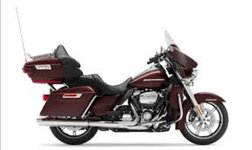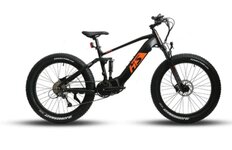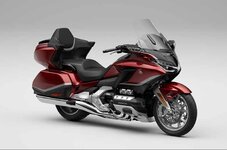Hmm, but they did.
You can fit the Macan with a roof box and many other things and none of them will fit on the Carrera 4S. Is this a problem for a 911-no-turbo-customer? Of course not; and not the other customers is it only a hypothetical problem.
The BMC Teammachine SLR01 ONE costs about 11'500 CHF. This almost twice the price of a Alpenchallenge AMP. And it has definitely less equipment.
But it's the Stromer forum her, so lets come back to the
most expensive Stromer ever. Those people who want to commute in a superior way, will buy it. But I agree, the best selling Stromer at the time is the ST1. Nice price, many different stems and handlebars - and a Stromer.



